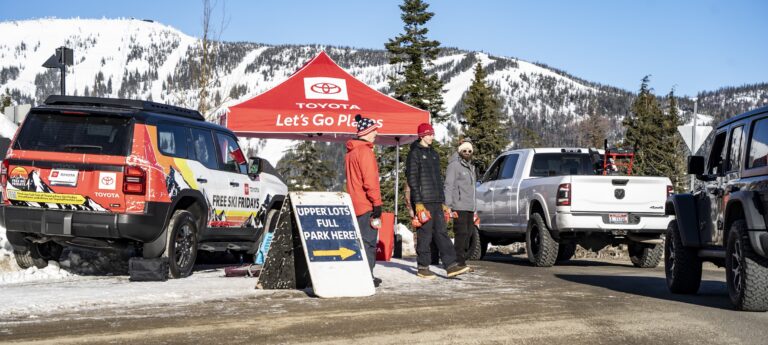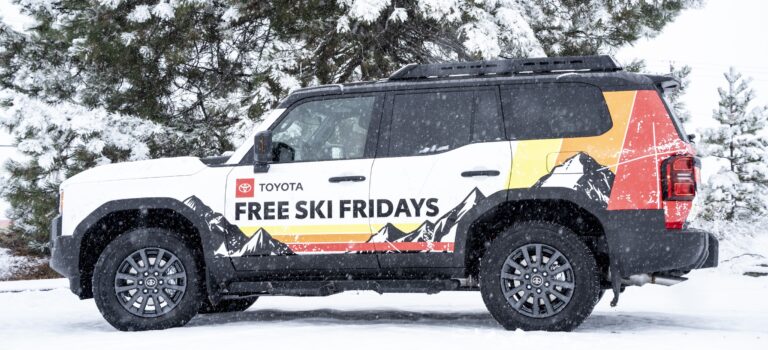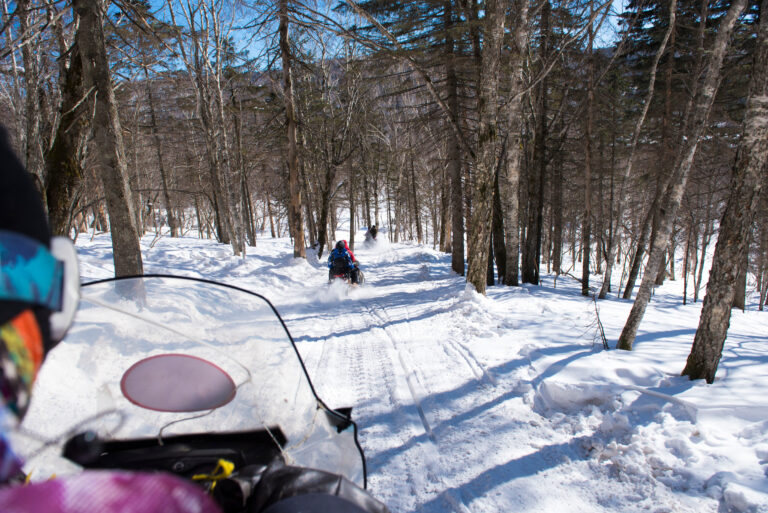Get your teenagers to unplug this summer by taking them to a lake for stand-up paddleboarding. “It’s hard to have a cell phone when you’re paddling. As a father of a 13-year-old daughter, it’s a battle,” says Keith Quien. His wife, Cara, notes that when they are hiking, their daughters will be taking pictures with their phones. But, she says, “when you’re paddling, you can’t hold a phone—you’re in the moment, highly unplugged, and enjoying your time on the water.”
Keith and Cara both grew up as “water people” and now own Fun Unlimited, a watersports rental business with locations in Post Falls, Idaho, and downtown Spokane. All three of their daughters enjoy paddleboarding. Their youngest daughter, now 8 years old, was only a toddler when she first got a ride on her parents’ boards; by age 6, she was paddling her own.
Stand-up paddling develops strong core muscles and balance, and helps kids develop self-confidence and independence. “They get to make choices on the paddleboard,” says Cara, like where they’re going to paddle and how to stay safe. And it’s inspirational. “‘If I have success on a paddleboard, what other things can I try in life?’” asks Cara.
Personal growth is also one of Keith’s favorite parts of paddleboarding with kids. “From our experience, a favorite is when we see kids who are 10 to 12 years old—on that cusp of getting more independent—paddle out 50 to 100 yards, still within sight of their parents, but the kids feel free. It’s good for their self-esteem,” he says.
Paddling’s slower pace helps children to better appreciate the natural world. Compared to motor-powered watercraft, Cara says, “You see a lot more and notice more. If you’re going fast, you’re focused on your destination and not your journey.”
While paddling you can explore riparian habitat and observe wildlife. The unique standing viewpoint allows you to better see fish and other underwater species, particularly if wearing polarized sunglasses. When the water’s surface is calm, smooth, and reflective like glass, “it’s good for your soul,” says Keith. “It helps kids appreciate the beauty of the Northwest.”
It’s also a lifelong sport. “You can be 80 or 90 years old and still be a paddler,” says Cara.
Getting Started: SUP Gear & Safety
It’s easy to learn. “Kids can get on a paddleboard and be doing it within 5 to 10 minutes,” Keith says. “Spokatopia is a great way to get an introduction to paddling—to try something out before making an investment.” Fun Unlimited is one of the demo vendors at the annual Spokatopia Outdoor Adventure Festival, hosted by this magazine, July 13 and 14 at Camp Sekani Park and Boulder Beach. Though an in-person lesson is best, Keith says YouTube tutorials are also helpful.
Inflatable paddleboards are more durable, portable, and safer than fiberglass models, and only weigh about 20 pounds. “If you fall off and whack your elbow it’s more forgiving,” says Keith. “The volume and width of the board is what provides flotation and stability. So you want one that’s more than adequate.” Fun Unlimited designed their own brand of inflatable stand-up paddleboards, which have handles for a child to hold while sitting and riding on a parent’s SUP.
Paddle in non-windy conditions and in water warm enough to not cause distress should you fall. “Morning is a good time of day, because wind usually picks up between noon to 4 p.m. each day,” says Keith. First-time families should paddle on a lake rather than a river. Some of the Quiens’ favorite regional lakes are Bear, Sacheen, Eloika, and Newman.
Launch from a beach rather than a dock for greatest ease. Wade into the water until it’s level with or just above your knees, then kick one leg over the board. “Spend time on your knees, paddling around, getting a feel for the center of the board. Then use your hands to help you stand up. Keep your knees bent and your weight forward,” says Keith. Use an ankle leash to tether yourself to the board, especially at a large lake. Avoid paddling near rocks or dock. “If you do fall, fall awayfrom the board, not onthe board,” says Keith. And of course, always wear a Coast Guard-certified personal flotation device with a whistle attached, to call for help if needed.













